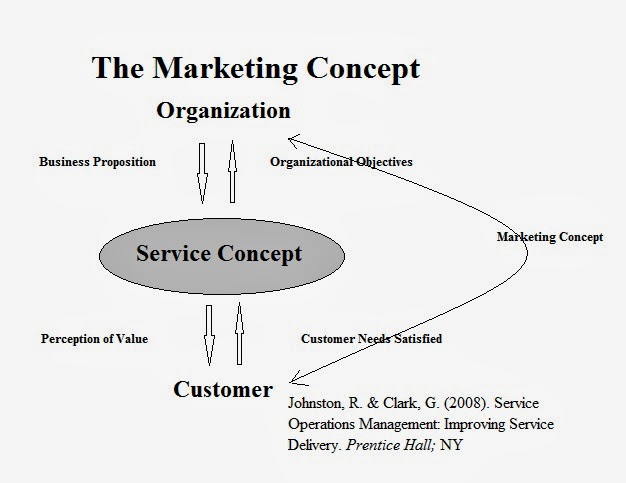Customer equity functions in a positive perspective
of the company, its offerings and its employees. Customer equity has significant worth to
companies that desire to encourage customers to continue to pay for products
and services that raise shareholder value, firm growth and employment
prospects. A study by Shultze, et. al. (2012) found that increases in customer
equity have a larger impact on shareholder value. It is this shareholder value
that is used for reinvestment for future growth and opportunities.
Customer equity, marketing practices, and revenue
are closely associated. When customers consider their total impressions of a
company and its offerings they will naturally consider purchasing or not
purchasing the product or service again. Customer equity raises the likelihood
that they will make a decision to purchase again…and hopefully again and again.
This correlation of marketing metrics, customer receptivity and stock value has
been associated in a number of different studies making them loosely tied
together (Srinivasan & Hanssens, 2009).
Customer equity is forward looking trying to
determine the financial value of retaining customers into the future. Sometimes
this is three years and other times it may be a lifetime. The way in which
marketing and the quality of the product/service the customers receives will
naturally have an impact on whether they are retainable. Retained customers are simply worth more in
terms of ROI costs than new customers and create a base by which the company
can grow.
Marketing
effectively to important customers, maintaining a relationship with them, and
servicing them well are important for retaining their patronage. Many products and services have a shelf life
and cycles that encourage repurchasing. For example, a person who likes cars
may buy a new one every three years while a person who enjoys a certain food
product may buy it every week. The lifetime value of a customer is its total
value calculated out over a certain period of time.
The researchers found that there is a 1.55 ratio of
customer equity and shareholder value from data pulled from 2,000 companies
over 10 years. In other words, when customer equity increases 10% it also has a
15.5% impact on shareholder value. Changes in customer equity and shareholder
value are impacted by debt and non-operating assets. These concepts should be
integrated into their analysis of value contributions from marketing actions.
Using stronger customer metrics will help determining improvements in
developing customer equity.
Schulze, C. et. al. (2012). Linking Customer and
Financial Metrics to Shareholder Value: The Leverage Effect in Customer-Based
Valuation. Journal of Marketing, 76
(7).
Srinivasan, S. & Hanssens, D. (2009). Marketing
and Firm Value: Metrics, Methods, Findings and Future Directions. Journal of Marketing Research, 46 .
